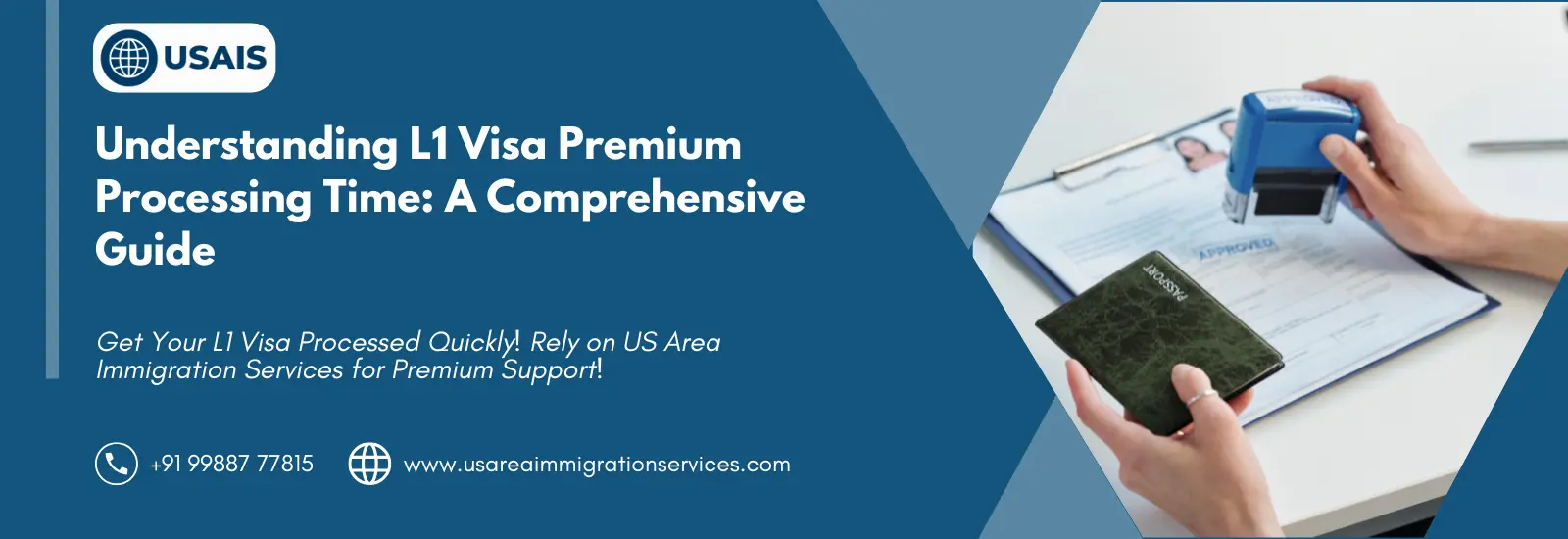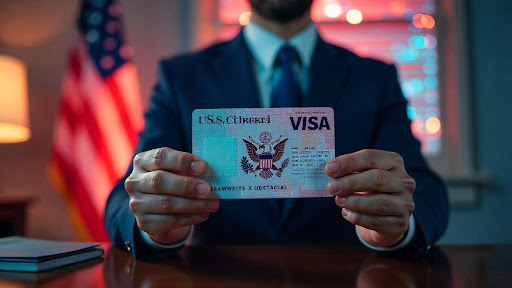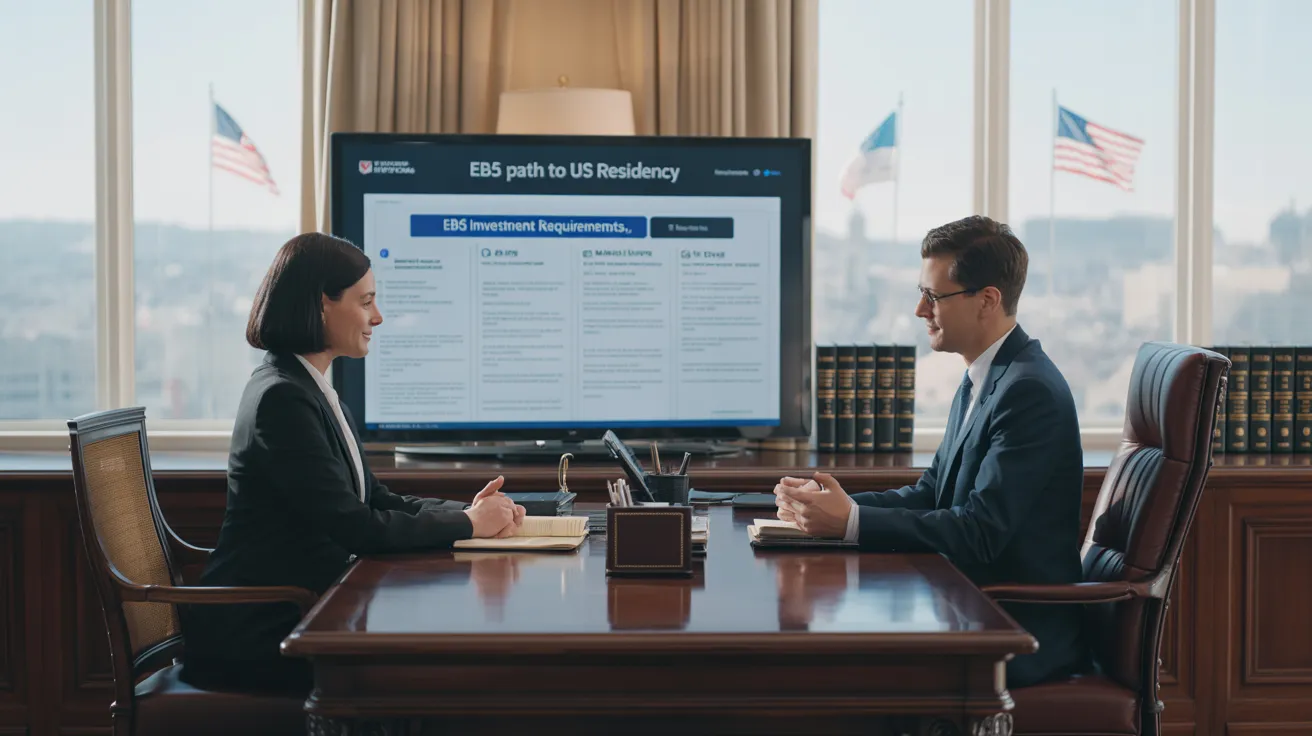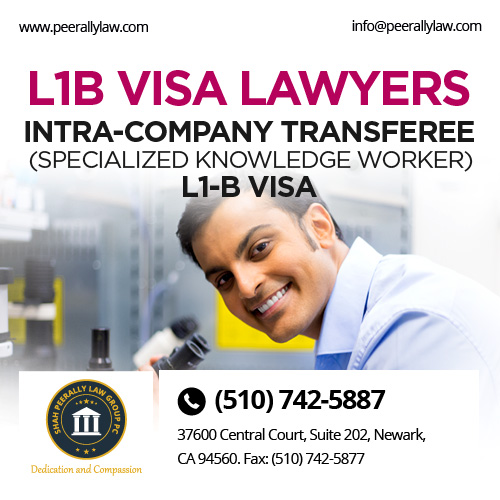The 2-Minute Rule for L1 Visa
Table of ContentsA Biased View of L1 VisaThings about L1 VisaSome Of L1 VisaThe Facts About L1 Visa UncoveredUnknown Facts About L1 VisaThe 4-Minute Rule for L1 Visa
Available from ProQuest Dissertations & Theses International; Social Science Premium Collection. (2074816399). (PDF). Congress. (PDF). DHS Workplace of the Assessor General. (PDF). (PDF). "Nonimmigrant Visa Stats". Recovered 2023-03-26. Division of Homeland Safety And Security Office of the Inspector General, "Evaluation of Susceptabilities and Prospective Misuses of the L-1 Visa Program," "A Mainframe-Size Visa Technicality".

U.S. Department of State. Fetched 2023-02-08. Tamen, Joan Fleischer (August 10, 2013).
Some Known Questions About L1 Visa.
In order to be eligible for the L-1 visa, the foreign company abroad where the Recipient was used and the U.S. business need to have a qualifying relationship at the time of the transfer. The various kinds of qualifying partnerships are: 1.
Company A possesses 100% of the shares of Company B.Company A is the Moms And Dad and Firm B is a subsidiary. There is a certifying connection in between the two companies and Company B ought to be able to fund the Beneficiary.
Firm A possesses 40% of Company B. The staying 60% is had and controlled by Firm C, which has no relation to Firm A.Since Company A and B do not have a parent-subsidiary relationship, Business A can not fund the Recipient for L-1.
Instance 3: Business A is incorporated in the U.S. and wants to request the Beneficiary. Company B is incorporated in Indonesia and employs the Beneficiary. Business A possesses 40% of Firm B. The staying 60% is owned by Business C, which has no relation to Firm A. Nonetheless, Business A, by formal arrangement, controls and full takes care of Business B.Since Firm A has less than 50% of Company B yet manages and manages the company, there is a qualifying parent-subsidiary partnership and Firm A can sponsor the Beneficiary for L-1.
7 Easy Facts About L1 Visa Shown
Firm B is incorporated in the U.S.
The 7-Minute Rule for L1 Visa

The L-1 visa is an employment-based visa classification established by Congress in 1970, permitting international companies to transfer their managers, executives, or key personnel to explore your L1 Visa their United state operations. It is commonly referred to as the intracompany transferee visa.

In addition, the beneficiary has to have operated in a supervisory, executive, or specialized employee position for one year within the 3 years preceding the L-1A application in the foreign business. For new workplace applications, international employment needs to have remained in a managerial or executive ability if the beneficiary is pertaining to the United States to work as a manager or exec.
Examine This Report about L1 Visa

If granted for an U.S. business functional for even more than one year, the initial L-1B visa is for as much as 3 years and can be prolonged for an additional 2 years (L1 Visa). Conversely, if the united state company is recently developed or has actually been operational for much less than one year, the initial L-1B visa is issued for one year, with expansions readily available in two-year increments
The L-1 visa is an employment-based visa category developed by Congress in 1970, enabling international firms to move their supervisors, executives, or crucial personnel to their U.S. operations. It is frequently referred to as the intracompany transferee visa.
Little Known Facts About L1 Visa.
Additionally, the beneficiary should have worked in a supervisory, exec, or specialized employee position for one year within the 3 years preceding the L-1A application in the foreign company. For brand-new office applications, international work should have been in a managerial or executive capacity if the beneficiary is pertaining to the USA to function as a supervisor or executive.
for approximately seven years to oversee the procedures of the U.S. associate as an exec or manager. If provided for a united state firm that has actually been operational for greater than one year, the L-1A visa is initially approved for as much as three years and can be extended in two-year increments.
If given for an U.S. firm functional for greater than one year, the preliminary L-1B visa is for as much as 3 read more years and can be prolonged for an added 2 years. Conversely, if the U.S. business is recently established or has actually been operational for less than one year, L1 Visa attorney the initial L-1B visa is released for one year, with expansions available in two-year increments.
Comments on “L1 Visa Timeline”